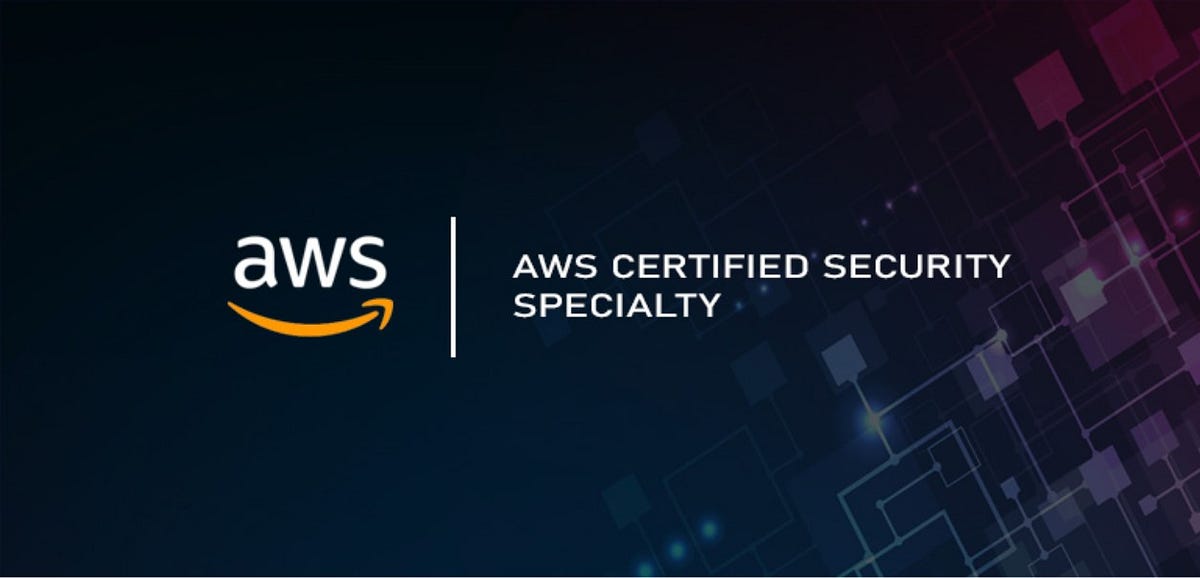1. Introduction to Cloud Security
1.1 Overview of Cloud Security Challenges and Risks
1.2 The Shared Responsibility Model in Cloud Security
1.3 Key Security Considerations for Cloud Adoption
2. Identity and Access Management (IAM)
2.1 Fundamentals of IAM in Cloud Environments
2.2 Implementing Role-Based Access Control (RBAC)
2.3 Managing Permissions and Policies in AWS, Azure, and Google Cloud
2.4 Multi-Factor Authentication (MFA) and Best Practices
2.5 Case Studies: IAM Implementations in Large Organizations
3. Data Protection and Encryption
3.1 Understanding Data Protection Laws and Compliance
3.2 Encryption Techniques: At-Rest, In-Transit, and In-Use
3.3 Key Management Services (KMS) in AWS, Azure, and Google Cloud
3.4 Implementing Data Loss Prevention (DLP) Solutions
3.5 Case Studies: Protecting Sensitive Data in the Cloud
4. Network Security in the Cloud
4.1 Designing Secure Network Architectures
4.2 Implementing Virtual Private Clouds (VPCs) and Subnets
4.3 Configuring Firewalls, Security Groups, and Network ACLs
4.4 Secure Connectivity: VPNs, Direct Connect, and Peering
4.5 Case Studies: Network Security Strategies in Multi-Cloud Environments
5. Application Security in the Cloud
5.1 Securing Cloud-Native Applications and APIs
5.2 Implementing Web Application Firewalls (WAF) and DDoS Protection
5.3 Best Practices for Secure Software Development (DevSecOps)
5.4 Vulnerability Management and Patch Management
5.5 Case Studies: Application Security in Cloud-Based SaaS Platforms
6. Compliance and Regulatory Requirements
6.1 Understanding Compliance Standards: GDPR, HIPAA, PCI-DSS, and More
6.2 Implementing Compliance Automation Tools
6.3 Auditing and Monitoring for Compliance in Cloud Environments
6.4 Designing Cloud Solutions to Meet Industry-Specific Regulations
6.5 Case Studies: Achieving Compliance in Regulated Industries
7. Monitoring, Logging, and Threat Detection
7.1 Implementing Security Monitoring Solutions (AWS CloudTrail, Azure Security Center, Google Cloud Security Command Center)
7.2 Logging Best Practices and Log Management
7.3 Real-Time Threat Detection and Intrusion Detection Systems (IDS)
7.4 Incident Response and Forensics in the Cloud
7.5 Case Studies: Effective Threat Detection in Cloud Environments
8. Disaster Recovery and Business Continuity
8.1 Designing for High Availability and Fault Tolerance
8.2 Implementing Backup and Disaster Recovery Solutions
8.3 Testing and Validating Disaster Recovery Plans
8.4 Case Studies: Ensuring Business Continuity in the Cloud
9. Advanced Security Topics
9.1 Zero Trust Architecture in Cloud Environments
9.2 Securing Serverless Architectures and Microservices
9.3 Security Implications of AI and Machine Learning in the Cloud
9.4 Emerging Threats and the Future of Cloud Security
10. Case Studies and Real-World Applications
10.1 Case Study 1: Securing a Multi-Tenant Cloud Environment
10.2 Case Study 2: Implementing Zero Trust in a Hybrid Cloud Infrastructure
10.3 Case Study 3: Managing Security for a Global E-Commerce Platform
11. Hands-On Labs and Exercises
11.1 Configuring IAM and Implementing Secure Access Controls
11.2 Encrypting Data and Managing Keys in Cloud Environments
11.3 Designing a Secure Network Architecture in AWS, Azure, or Google Cloud
12. Future Trends in Cloud Security
12.1 The Evolution of Cloud Security Practices
12.2 The Role of AI and Automation in Enhancing Cloud Security
12.3 Preparing for the Next Generation of Cloud Security Challenges
13. Conclusion and Next Steps
13.1 Recap of Key Cloud Security Concepts
13.2 Exploring Advanced Cloud Security Certifications
13.3 Resources for Continued Learning and Professional Development
Conclusion
Effective cloud security is critical to protecting sensitive data and ensuring compliance with regulations. By implementing robust security measures and best practices, organizations can mitigate risks and enhance their overall security posture. Stay vigilant and proactive to navigate the complexities of cloud security effectively.
If you are looking customized info, Please contact us here
Reference







Reviews
There are no reviews yet.